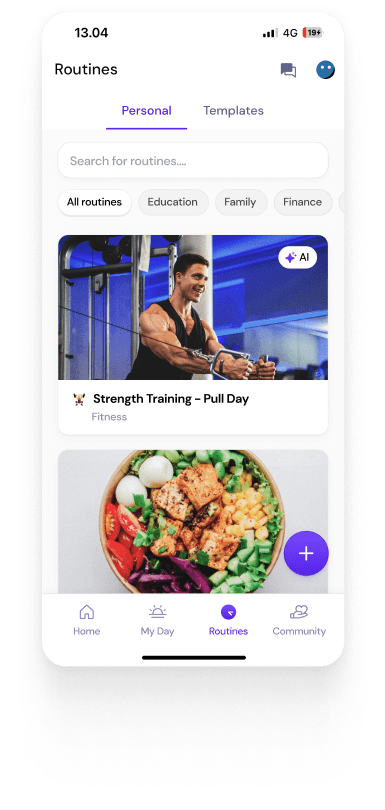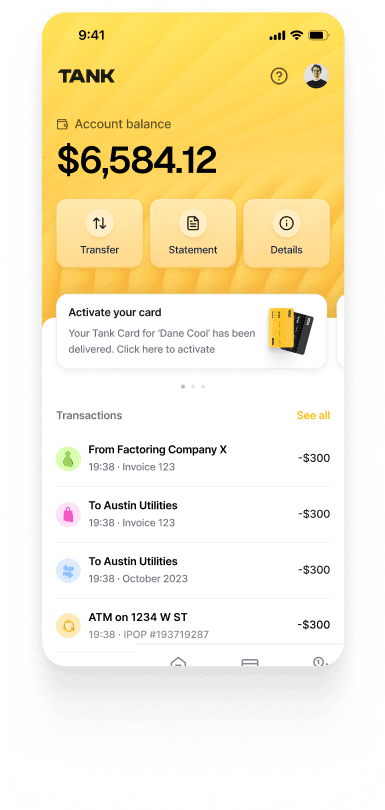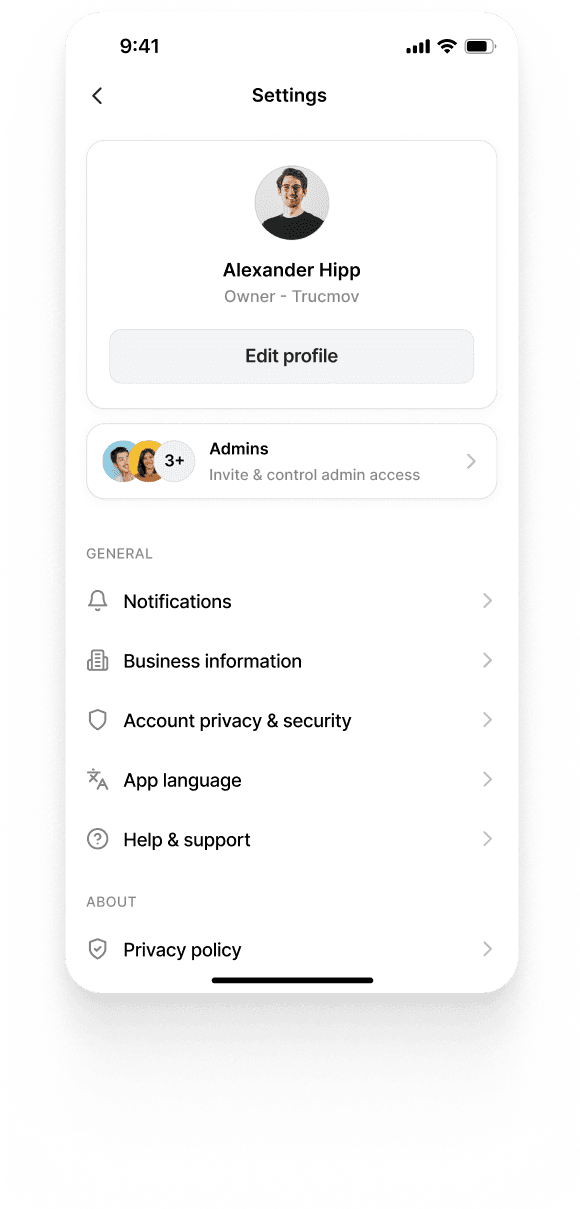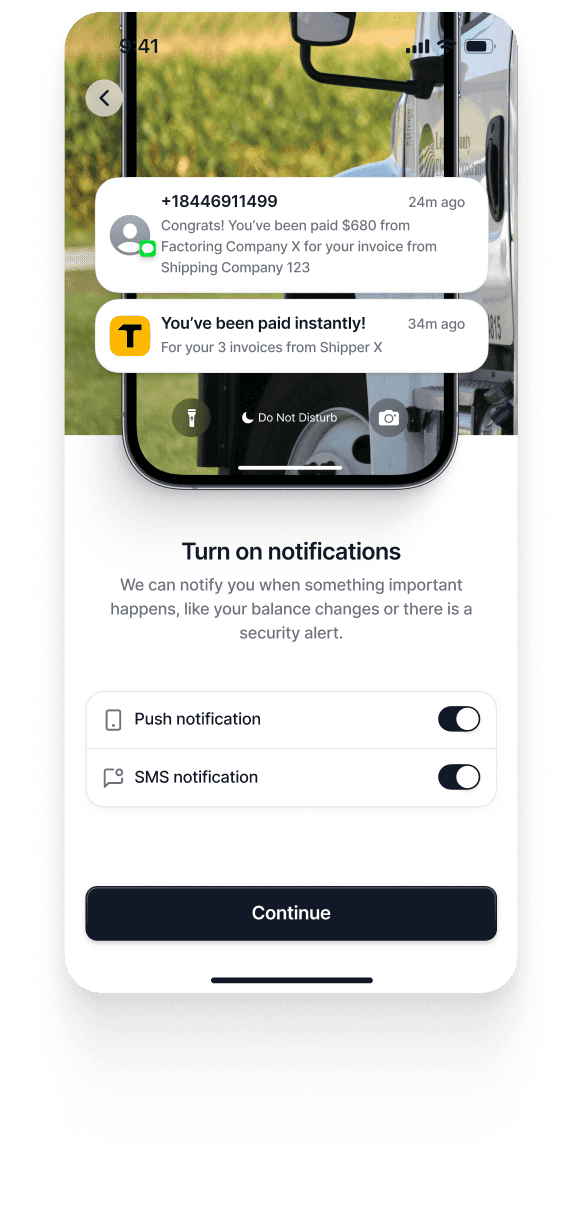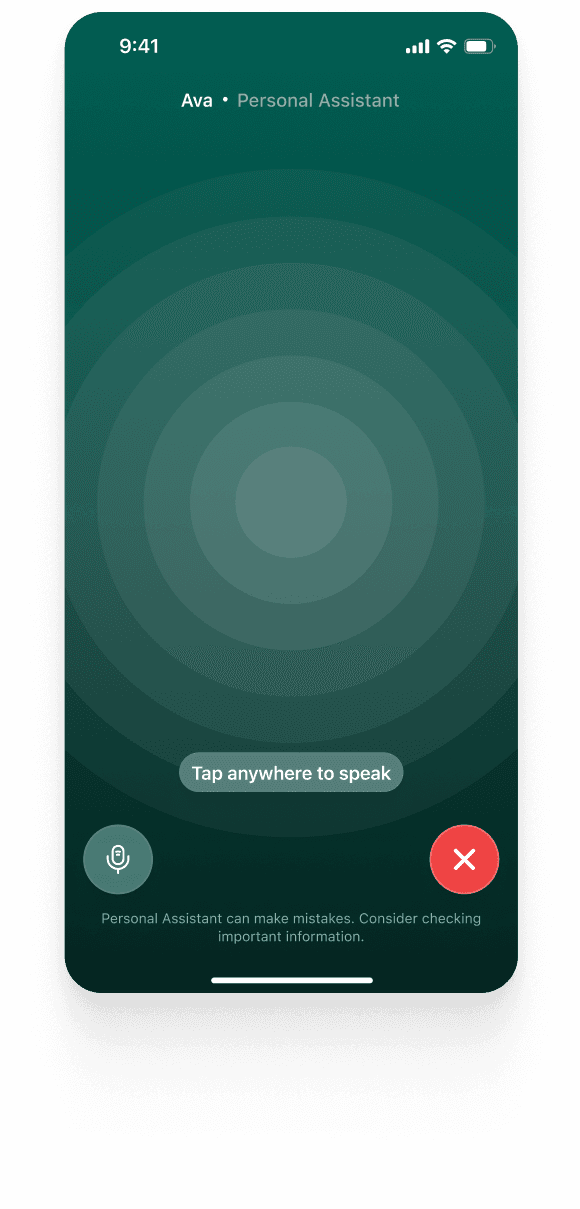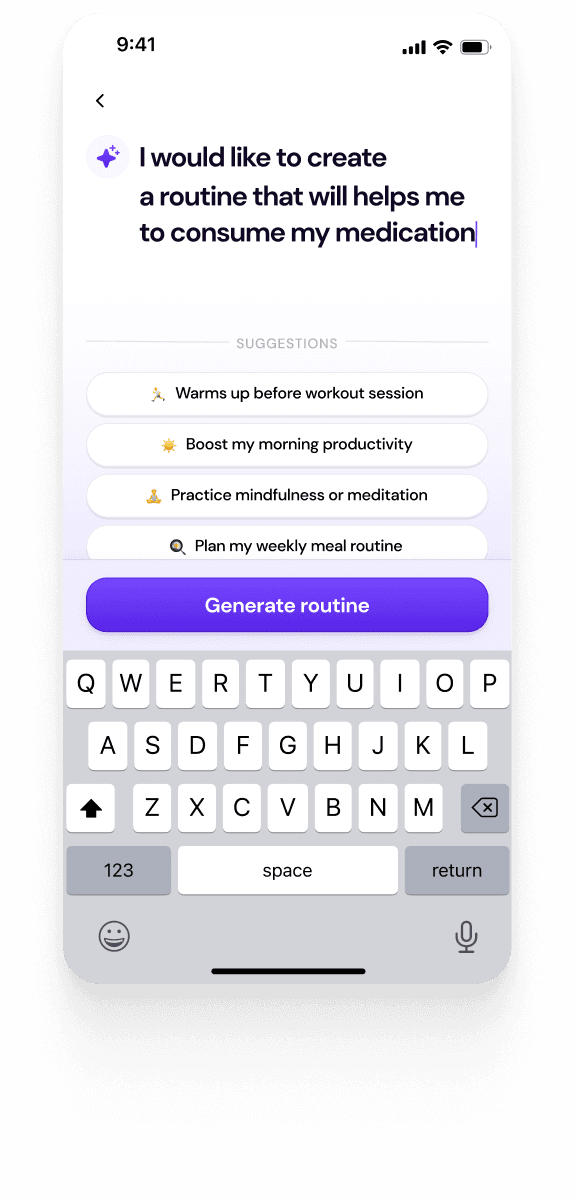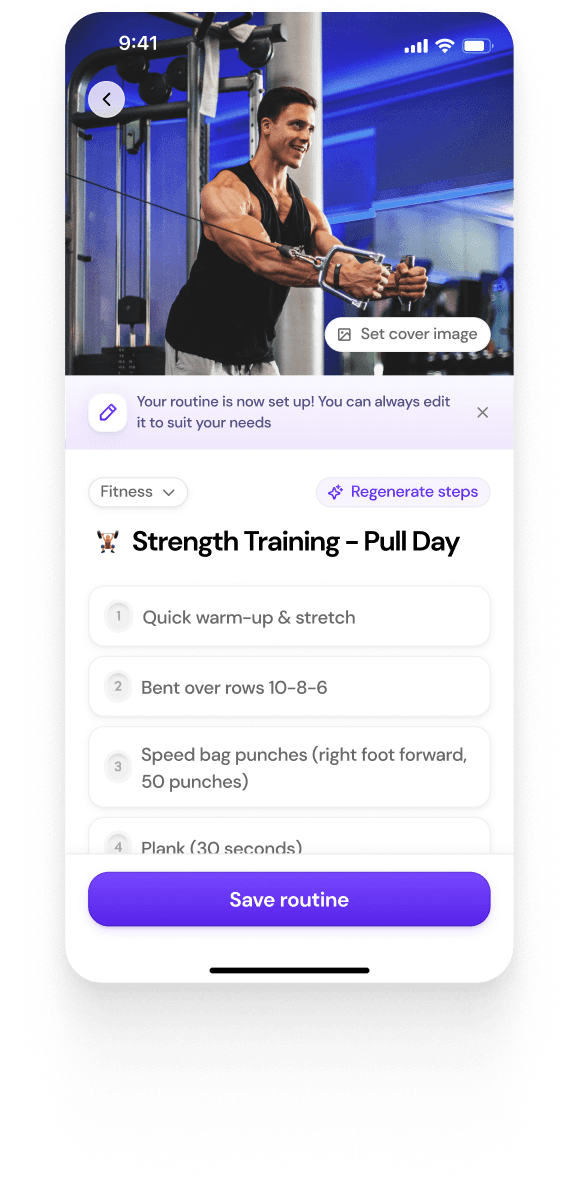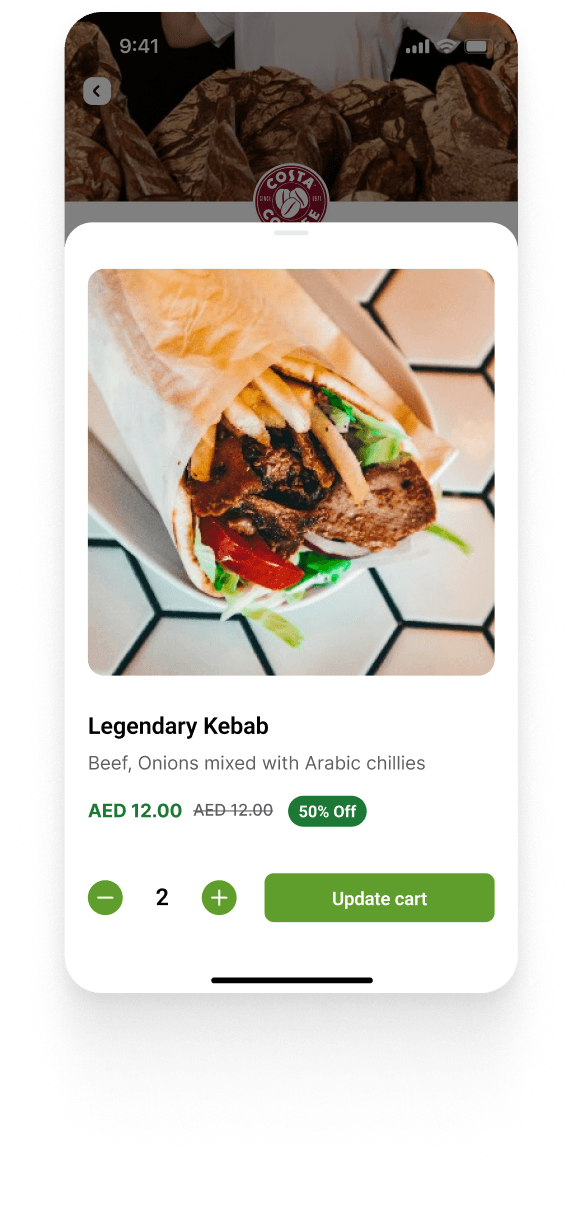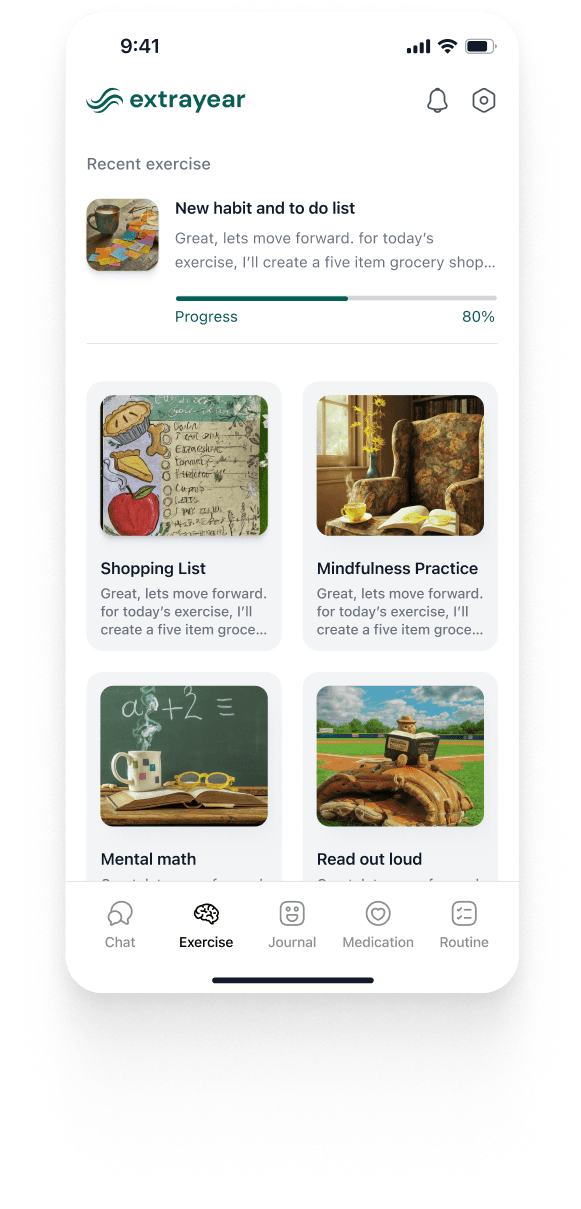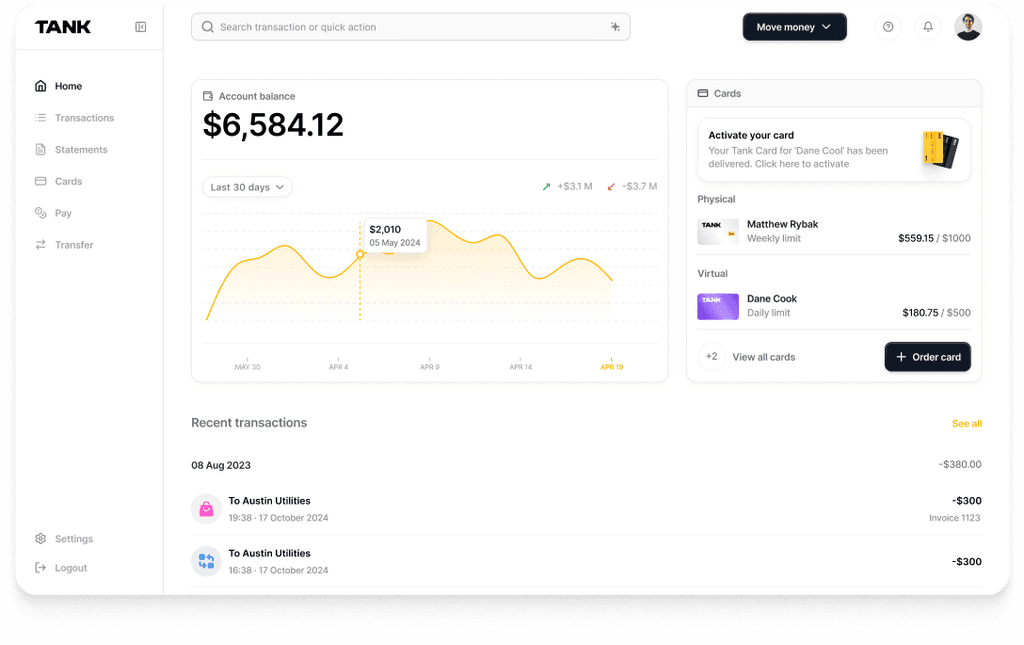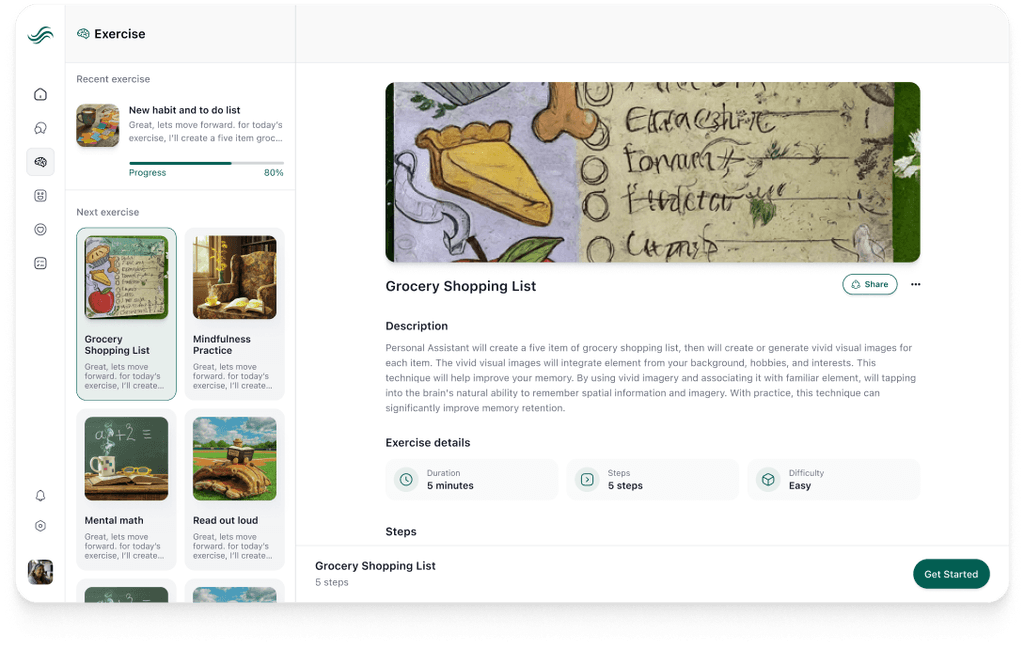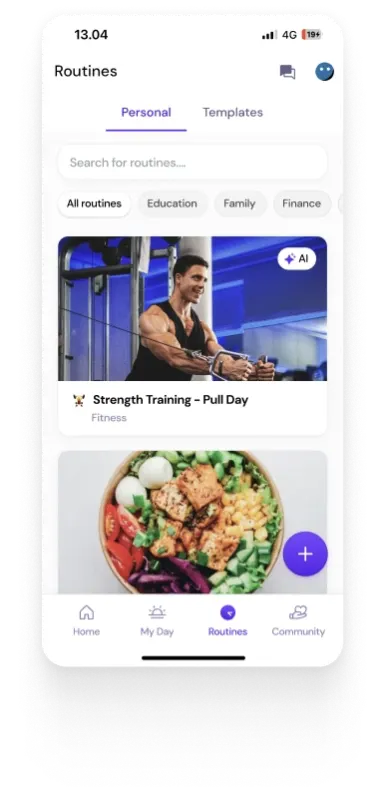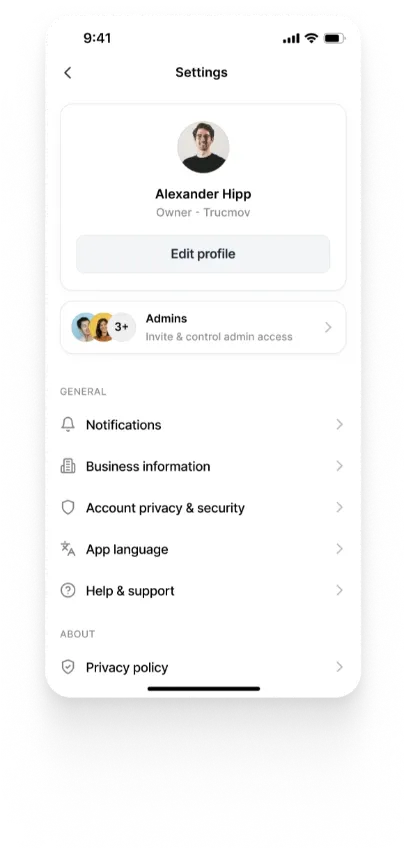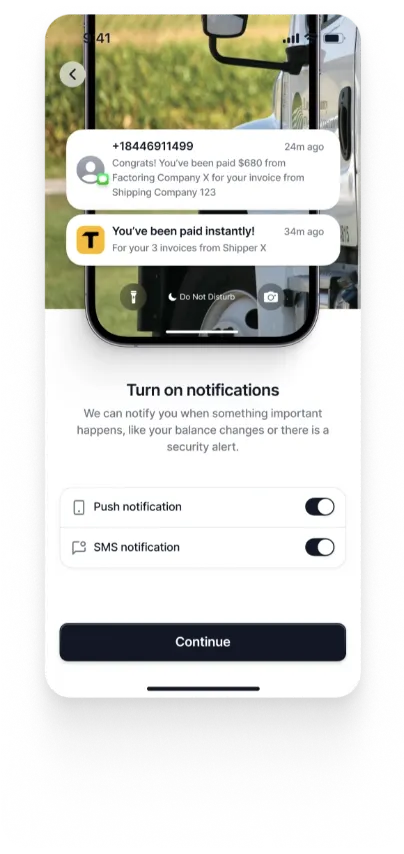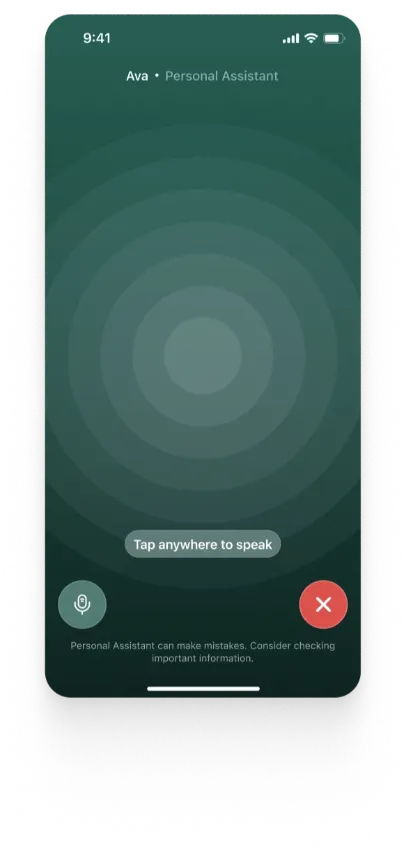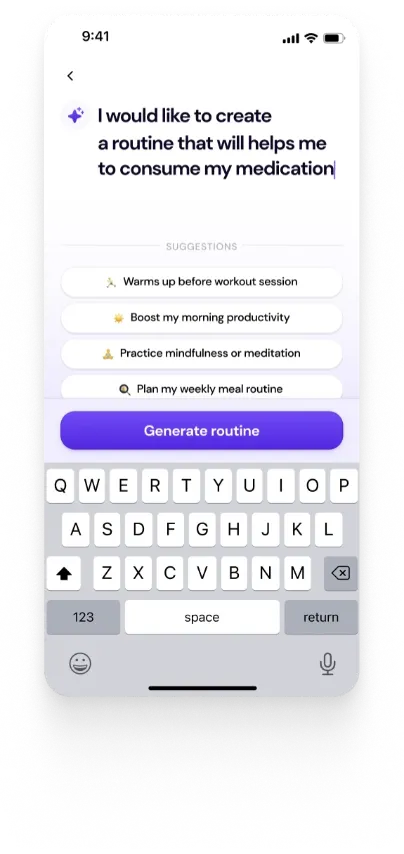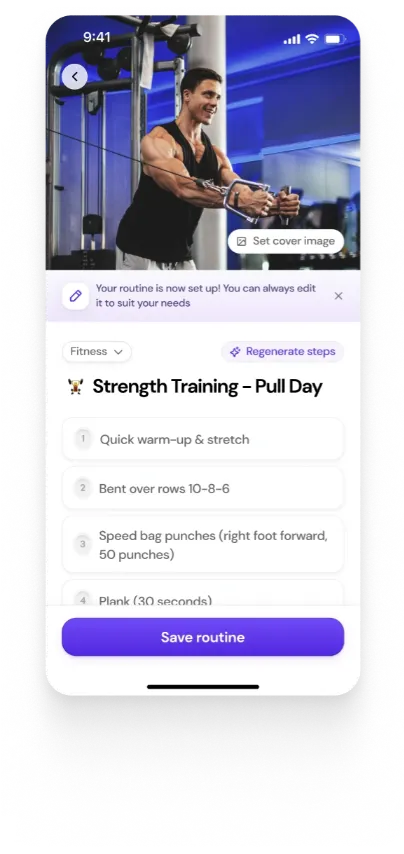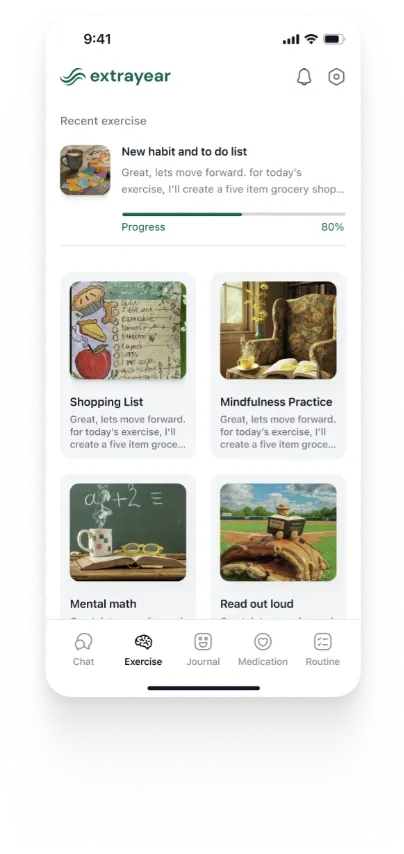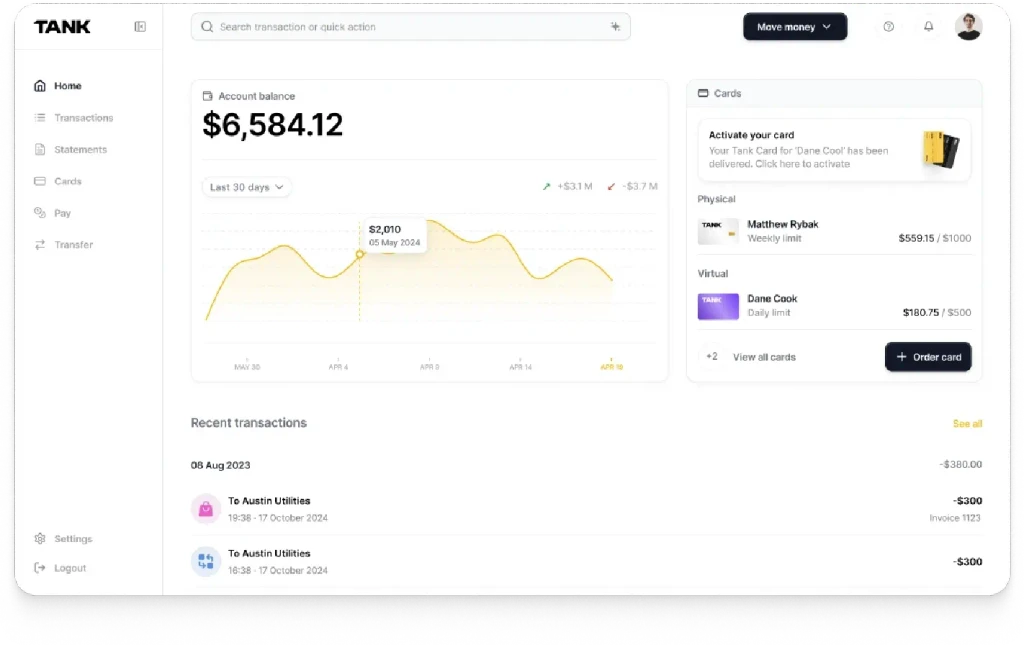Designing Inclusive Technologies to Teach Social Emotional Skills to Neurodivergent Students
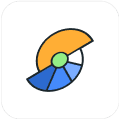
In a world where social communication is essential, Social Optics stands as a beacon of hope, dedicated to equipping teenagers with a communication toolkit for social-emotional well-being.
Guided by a mission to improve perspectives, problem-solving abilities, and communication skills, Social Optics strives to make the journey of adolescence a little less challenging, particularly for individuals with autism and neurological differences.
Summary
Walturn and Social Optics have worked on a report that focuses on designing inclusive technologies to teach social-emotional learning (SEL) skills to neurodivergent middle and high school students through digital learning platforms. Given the increased reliance on online education post-COVID-19, adapting educational strategies to meet diverse student needs has become essential. By emphasizing inclusivity and accessibility, these recommendations aim to benefit all students, fostering a positive learning ecosystem and enhancing self-esteem, goal-setting, and soft skills development. This page summarizes some key points from the report.
Designing Optimal Student Experiences for Neurodivergent Learners
Why Designing Optimal Neurodivergent Student Experiences Benefits Everyone
Educators across the globe are becoming more and more aware of the myriad differences in how their students learn and think. Attention to neurodiversity has been steadily increasing inside and outside the classroom with the increase in neurodiverse diagnoses, a growing number of platforms that allow neurodivergent individuals to share their stories, and an increasing awareness of and demand for representation.
As awareness of the breadth of neurodiversity in the classroom has blossomed, so has recognition of the myriad challenges conventional education models pose for neurodiverse students. In light of these challenges, many educators have identified digital learning platforms as a way of providing neurodivergent students with content better tailored to their individual needs. Furthermore, designing student learning experiences for neurodivergent learners will benefit all students by addressing common differences in learning, processing, and memory needs for everyone.
Diversity Within Neurodivergence
We recognize that neurodiversity encompasses a wide range of neurological and cognitive experiences (Doyle, 2020; Strand, 2017). Despite their many differences, these conditions are grouped under neurodivergence because they deviate from the neurotypical standard, which can harm students who do not conform to these norms and standards (Goldberg, 2023; Hamilton and Petty, 2023; Jurecic, 2017). This harm is a common experience across all neurodivergent diagnoses, including but not limited to dyspraxia, dyslexia, ADHD, ASD, acquired brain injury, Tourette’s syndrome, OCD, and anxiety. Recognizing and addressing these diverse needs is crucial for developing effective, inclusive online teaching methods.
Summarizing Digital Learning Platforms as Effective Solutions
Our full report focuses on the following dimensions to support neurodivergent students:
Building Self-Esteem
Fostering self-confidence and self-esteem through educational practices isa vital building block for neurodiversestudents’ mental health and well-being(Attwood, 1998; Gillot et al., 2001;Bauminger at al., 2003). We explore howthis can be done through digital means inorder to positively impact theirengagement and success.
Inclusive Learning Ecosystems
This study goes beyond the digital realmto highlight the significance of a broadsupport network. Learning also takesplace beyond the screen, and withoutadequate support in real life, students’self-esteem improvements will be limited(Turner, 2021).
Role Models
Language and communication skillsdirectly impact adolescents and theirability to form healthy relationships(Stothard et al., 1998; Clegg et al., 2005;Durkin and Conti-Ramsden, 2007; Palikaraet al., 2009). By providing students withpositive role models, either fictional orthrough encouraging them to identify reallife examples, students can improvecommunication skills.
Engagement Strategies
Storytelling, gamification, and journalingare popular engagement strategies usedby many online platforms. Whilestorytelling has research-based benefits,gamification should be used intentionallyand selectively because of its negativeaspects. Journaling can be beneficial forfurther developing soft skills andunderstanding different emotions.
Sensory Personalization
Certain digital features and design principles are better able to meet neurodiverse learners’ sensory needs, cognitive requirements, and learning preferences, making it increasingly important to identify and follow best practices in alignment with ADA and IDEA.
AI Integration
As the field of Artificial Intelligencecontinues to grow, there are increasedopportunities for AI to be integrated intoeducation. Generative AI and other AItools can increase personalization oflearning platforms and streamline otherdesign processes.
Design Considerations
What We Bring To The Table
Our literature review highlighted essential strategies for creating inclusive online teaching platforms. We emphasize understanding the diverse learning conditions and necessary accommodations, which are crucial for supporting all students' self-esteem and engagement. Key findings include the effectiveness of empowering students with self-directed goals and fostering an environment that encourages growth through understanding.
We propose using storytelling narratives and neurodiverse-affirming character development to create relatable role models. Additionally, while gamification can engage students, it requires a careful balancing of motivational factors. Our research provides specific design strategies and features, underscoring the potential of AI in developing interactive lessons.
Major Themes
Sensory Personalization, Learners should be empowered to customize their experience through providing visual and audio preferences to meet all learners’ needs, including but not limited to platform color variations, lower saturation settings, audio control to slow down or speed up sound, audio scrubbing, variations in audio tone, speech-to-text options, and descriptions of visuals. Simple, easy-to-follow user interface (UI) is recommended.
Strength Language, Positive strength language should be used both in direct instructional materials and consistently throughout the entire learning platform. By avoiding loaded or ablest language in text, menu options, settings, and symbols, learners will be better able to develop a sense of healthy self-esteem.
Learning Ecosystem, Support tools, guidance, and additional training should be provided to teachers, administrators, and parents for maximum impact. Learners must be able to apply knowledge obtained in isolation to other neurodiverse-affirming settings and situations. Platform designs need to support these inclusive communities.
Scenario Practice, Learners should be provided with opportunities to practice and apply new skills through realistic scenarios.
StorytellingImpactful, well-developed stories with the incorporation of inclusive role models also adds to the appeal and long-term impact of presented learning material.
Gamification, Due to the various positive and negative effects of gamification, it should only be applied after careful consideration of its role, intended benefits, and potential pitfalls. It should be included in a way that does not leave out neurodiverse learners, and it should be tied to intrinsic motivation to better support learners’ individual goals.
Opportunities for AI Integration, Various emerging AI tools can provide general support and additional tools for entire learning ecosystems, including analytics, smart recommendations, early diagnostics, and adaptive learning experiences. It can be applied in multiple ways to all of the previous recommendations.
Universal Design for Learning
Universal Design for Learning (UDL) is a teaching framework designed to create accessible and flexible learning environments for all students, accommodating both neurodiverse and neurotypical learners.

Research supports that following UDL Guidelines in online curriculums for social-emotional skills enhances engagement and enjoyment in learning. By adhering to UDL, educational technology companies can expand their market reach, comply with legal standards & gain a competitive advantage while ensuring an ethical and sustainable impact.
The UDL Guidelines assist educators, curriculum developers, researchers, and parents in designing lesson plans, activities, assessments, and educational policies that ensure equal access to education. UDL focuses on adapting the environment to meet learners' needs through three main principles: providing options for perception, expression, and comprehension.
Our design recommendations follow UDL Guidelines, emphasizing accessibility in online curricula for teaching SEL to neurodivergent students. By making instructions, materials, methods, and assessments flexible, we aim to engage students more effectively. Adhering to UDL not only helps digital learning companies meet legal standards but also broadens market reach and demonstrates a competitive edge by adapting to various markets and enhancing impact.
Individuals with Disabilities Education Act (IDEA)
The Individuals with Disabilities Education Act (IDEA) is a U.S. federal law that mandates free and appropriate public education for children with disabilities, providing special education and related services. As of 2023, IDEA supports over eight million children and requires states to develop and improve their State Performance Plans (SPPs) for implementing IDEA.
For digital learning companies, compliance with IDEA is crucial as it promotes inclusivity, enhances user experience, and opens access to a larger market. Prioritizing accessibility and compliance can also improve a company’s reputation and customer loyalty, significantly impacting its success and sustainability in the ed-tech industry.
Conclusion
Inclusive learning design is gaining traction, enabling research with more adequate and diverse sample sizes. Companies like Walturn and Social Optics are integrating accessibility features, setting best practices for special education. The report emphasizes using AI and data to enhance educational experiences for neurodiverse students, recommending specific design features to build self-esteem and create inclusive ecosystems.







